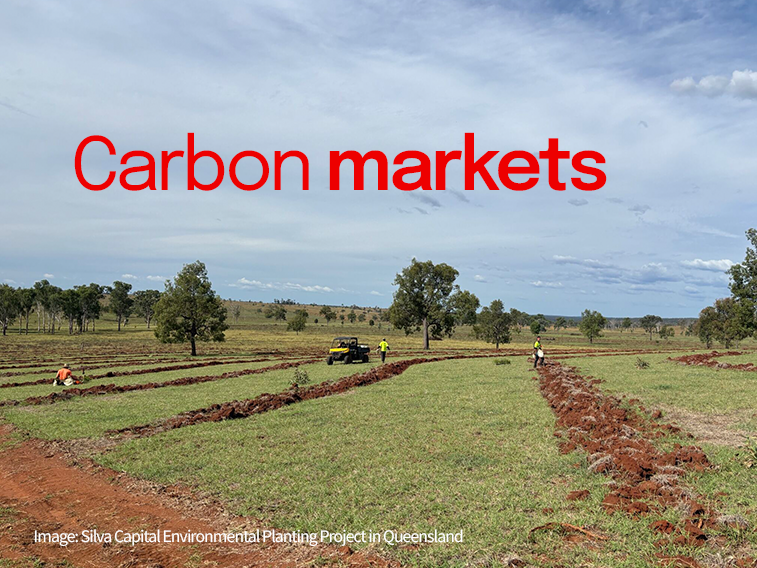Australian carbon project developers see a maturing of institutional financing as key to scaling the market and taking it on a similar trajectory as renewable energy.


Australia’s superannuation funds are turning to venture capital for the outsized returns the sector can generate and to diversify their portfolios, the 2018 ASFA Conference heard.
The venture capital sector in Australia has grown strongly over the past couple of decades, from six funds which raised A$500 million in capital in 1998 to 101 funds which have raised A$26 billion in 2018, according to research from investment firm Cambridge Associates.
Yasser El-Ansary, Chief Executive of the Australian Private Equity & Venture Capital Association Limited, told the conference many investors remained weary about venture capital and any discussion about venture capital performance remains “the elephant in the room”.
He cited Cambridge Associates data showing the internal rate of return for Australian venture capital funds was 26% in the year to March 31. Over three years, annual returns were 10% and over five years were 11%.
“The data around private capital returns in Australia is exceptionally strong and I think that surprises people,” he said, adding that returns are in line with global counterparts.
El-Ansary said Australia has top-performing fund managers and the capacity for returns that exceed the benchmarks on public markets, but investors need to do their homework around fees and strategy to find a fund manager who can help them realise the best returns.
He said private equity and venture capital are essentially the same – the main difference being the types of businesses they invest in and the stage in the business’ life when the investment is made.
The majority of venture capital investment in Australia is in IT, particularly in software-as-a-service, and in healthcare and biotech. As such, these investments provide diversity and different sectoral exposure to investing in the public equity markets.
Michelle Ho, a director of Preqin Data Intelligence in Singapore, said with equity markets looking less attractive thanks to the likelihood of higher interest rates in the future and tighter lending conditions, fund managers are looking to diversify more into private capital.
In fact, a global survey of fund managers by Preqin found 61% plan to increase their allocations to venture capital in the Asia Pacific over the next four years.
In Australia, superfunds also want to become more global in their investments and remove some of the home-market bias that’s dominated a lot of their investment decisions, she added.
It’s a point taken up by Michelle Deaker of Australian venture capital firm OneVentures.
“We’re investing in companies that are transforming the global landscape,” she told the audience. “With cloud infrastructure, companies in Australia can be global on day one, so Australia venture capital managers aren’t investing in local venture capital – we’re investing in Australian global venture capital opportunities.”
While venture capital equity investing attracts the most attention, another possible way to invest in venture capital is via debt. Deaker said venture credit can be less risky and is better suited to superannuation funds with older members.
OneVenture has A$330 million under management and its investments include Vaxxas, a nanopatch company hoping to replace the use of needles for vaccines, business intelligence company Phocas, and Prota Therapeutics, which hopes to have a cure for peanut allergy.
Despite the success of these and other Australian companies, Deaker said Australia was a long way behind many other nations in venture capital investing. She cited figures showing that while Australia has a larger per capita GDP than the US, the US raised three times as much as Australia in venture capital investment per capita last year and eight times as much the year before.
First State Super started investing in venture capital four years ago via Australian venture capital fund, Blackbird Venture.
Portfolio Manager Growth Assets, Jenny Newmarch said that at the time venture capital was a “bit of a dirty word”, but that First State believed a venture capital ecosystem was starting to develop, spurred on by the success of companies such as Campaign Monitor.
Even so, venture capital makes up only 1% of its funds under management.
“Why is it so small? A key reason is it comes down to risk. Our venture capital portfolio is essentially early stage investing,” she told the audience. “And so, while we think this risk will ultimately be rewarded in a portfolio context, we do think it merits a somewhat smaller allocation in a portfolio.”
It’s also difficult for the A$90 billion fund to invest at any scale when a company might only need to raise A$10 million or A$20 million to scale up. Even a large venture capital fund is often only A$200 million and successful overseas funds have enough investors without needing to seek Australian capital, says Newmarch.
Fees are also an issue, particularly in an environment where regulations require full disclosure, and venture capital investments may not deliver returns until five to seven years later.
All this then raises the question of why allocate to venture capital at all?
“The key reason we allocate to venture is because we think our venture portfolio can punch above its weight in terms of its impact on our members’ returns,” says Newmarch.
Also, when these venture capital businesses are growing strongly, they’re probably taking revenue from an incumbent that First State has exposure to elsewhere in its portfolio.
“The insights you get from these businesses into the disruption that’s facing other businesses in our portfolio helps us to make better overall portfolio decisions,” Newmarch told the audience.
Speak to a specialist
© National Australia Bank Limited. ABN 12 004 044 937 AFSL and Australian Credit Licence 230686.